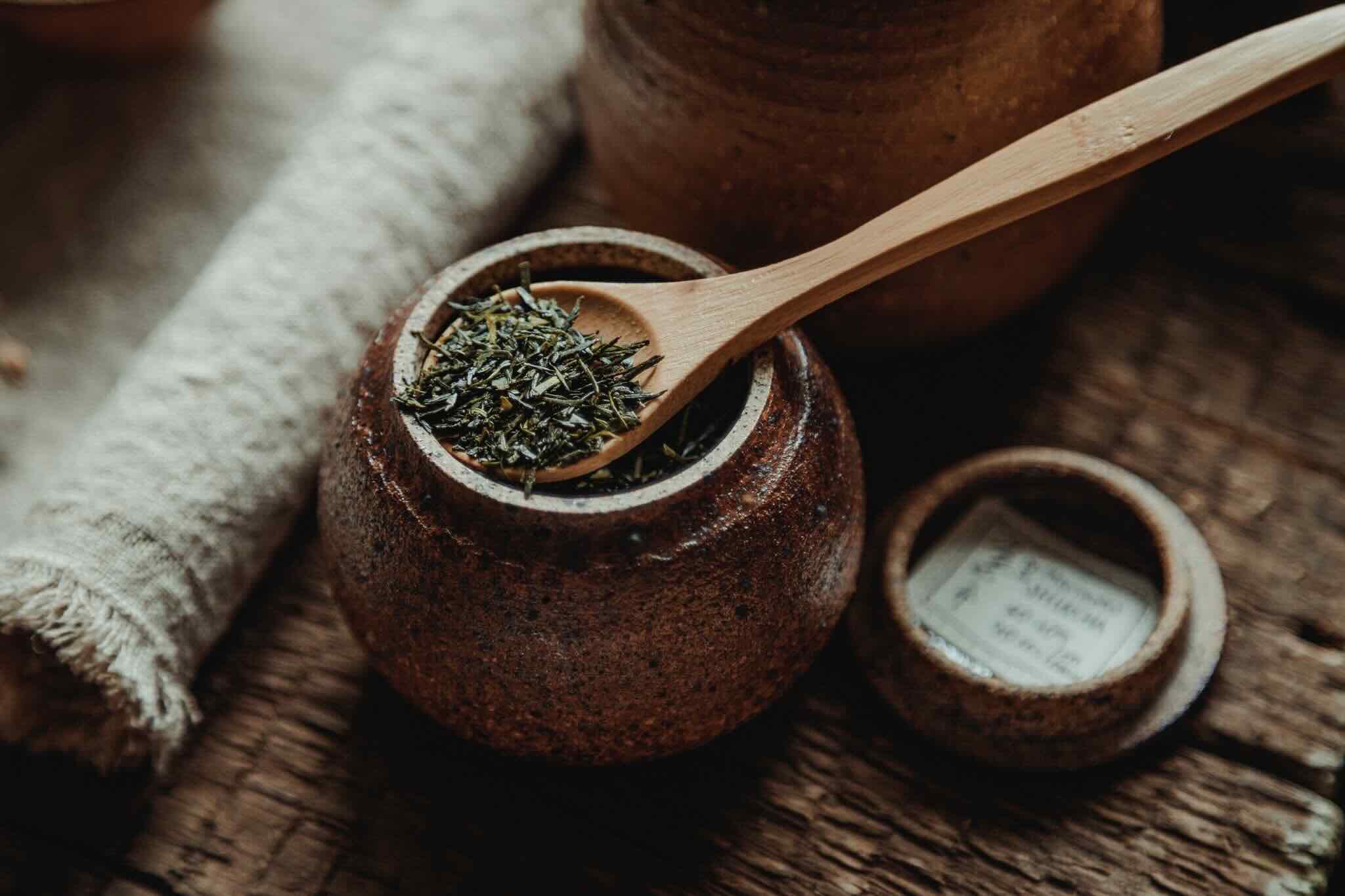

Articles
How To Store Tea
Modified: February 23, 2024
Learn how to properly store tea in this informative article. Discover the best practices to preserve freshness and flavor for a delightful cup every time.
(Many of the links in this article redirect to a specific reviewed product. Your purchase of these products through affiliate links helps to generate commission for Storables.com, at no extra cost. Learn more)
Introduction
Tea is a beloved beverage enjoyed by people all around the world. Whether it’s a cup of soothing chamomile, a flavorful black tea, or a refreshing green tea, each sip brings a moment of relaxation and pleasure. But have you ever wondered how to store tea properly to maintain its freshness and flavor?
In this article, we will explore the art of tea storage and provide you with essential tips on how to store tea to preserve its aroma and taste. We will delve into the different types of teas and discuss why proper storage is crucial. Additionally, we will guide you in choosing the right container for tea storage, highlight the factors to consider when storing tea, and suggest the best locations to store your tea.
Tea enthusiasts know that tea leaves are delicate, and their quality can deteriorate if not stored correctly. When exposed to air, light, heat, and moisture, tea leaves can lose their flavor, fragrance, and even nutritional value. Therefore, it’s essential to store tea in a way that protects it from these elements and preserves its integrity.
By understanding the principles of proper tea storage, you can ensure that each cup of tea you brew is as delightful as the first. So, let’s dive into the world of tea storage and uncover the secrets to keeping your favorite teas fresh and vibrant.
But first, before we discuss the nuances of tea storage, let’s take a moment to explore the different types of tea and why proper storage is key regardless of the variety.
Max length reached.
Key Takeaways:
- Proper tea storage is crucial for preserving freshness, flavor, and aroma. Understanding the specific needs of each tea type and choosing the right container are essential for a delightful tea-drinking experience.
- Factors such as temperature, humidity, air exposure, and light protection play a significant role in maintaining tea quality. Avoiding common pitfalls and following simple tips can extend the shelf life of your favorite teas.
Read more: How To Store Compost Tea
Types of Tea
Tea comes in various types, each with its unique characteristics and flavors. Understanding the different types of tea is vital because storage requirements can vary based on the type of tea you have. Let’s explore the most common types of tea:
1. Green Tea: Known for its fresh and grassy flavor, green tea is unoxidized, meaning the leaves are heated shortly after being harvested to prevent oxidation. This type of tea is delicate and requires gentle handling to preserve its freshness.
2. Black Tea: Black tea is fully oxidized, resulting in a robust flavor and dark color. It has a rich and bold taste, often with notes of caramel or malt. The robust nature of black tea allows for longer shelf life, but proper storage is still essential to maintain its flavor and aroma.
3. Oolong Tea: Oolong tea falls between green and black tea in terms of oxidation. It undergoes partial oxidation, resulting in a complex flavor profile. Oolong teas can vary from light and floral to dark and toasty, depending on the oxidation level. Storing this tea requires attention to prevent flavor degradation.
4. White Tea: White tea is the least processed among all tea types, and it undergoes minimal oxidation. It is known for its delicate and subtle flavor, often with floral or fruity notes. Due to its minimal processing, white tea is quite sensitive and requires careful storage to preserve its delicate flavors.
5. Herbal Tea: Unlike traditional teas, herbal teas are not derived from the Camellia sinensis plant. Instead, they are made from various herbs, flowers, fruits, and spices. Popular herbal teas include chamomile, peppermint, hibiscus, and rooibos. While herbal teas are generally more forgiving in terms of storage, proper storage still ensures optimal flavor and potency.
Each type of tea has its unique storage requirements to maintain its taste and aroma. In the next section, we will explore the importance of proper tea storage and its impact on the overall tea-drinking experience.
Max length reached.
The Importance of Proper Storage
Proper tea storage is not just about keeping your tea organized; it plays a vital role in preserving the quality and flavor of your tea. Here’s why proper storage is essential:
1. Maintaining Freshness: Tea leaves are prone to absorbing odors and flavors from their surroundings. By storing tea properly, you can prevent cross-contamination of flavors and ensure that each cup of tea tastes as intended.
2. Preserving Aroma: The aroma of tea is a significant part of the tea-drinking experience. Exposure to light, heat, and moisture can cause the essential oils in tea to evaporate, leading to a loss of fragrance. Proper storage helps retain the enticing aroma of the tea leaves.
3. Retaining Flavor: Tea flavors can degrade over time when exposed to air and moisture. By using the right storage techniques, you can slow down the oxidation process, keeping the flavors intact for a longer duration.
4. Extending Shelf Life: While tea does not technically expire, it can lose its freshness and quality over time. By storing tea properly, you can extend its shelf life and enjoy it at its optimal taste for a more extended period.
5. Maximizing Nutritional Benefits: Tea is known for its numerous health benefits due to its rich antioxidant content. Proper storage helps maintain the tea’s nutritional value, ensuring you get the maximum benefits from each cup.
6. Cost-Effective: By storing tea correctly, you can prevent the need for frequent replacements. This can save you money in the long run, as your tea remains fresh and flavorful for an extended period.
Now that we understand the significance of proper storage, let’s move on to exploring the key factors to consider when choosing the right container for tea storage.
Max length reached.
Choosing the Right Container
Selecting the right container for tea storage is crucial to maintain its freshness and flavor. Here are some factors to consider when choosing a container for your tea:
1. Material: Opt for a container made of non-porous materials such as glass, ceramic, or stainless steel. These materials do not absorb odors or flavors from the tea, ensuring that the tea’s integrity is preserved.
2. Airtight Seal: Look for containers with airtight seals to prevent air from entering and affecting the tea. This helps in preserving the aroma and flavor of the tea leaves. Containers with locking mechanisms or silicone gaskets are ideal for creating a tight seal.
3. Light Protection: Tea is sensitive to light as ultraviolet rays can degrade its quality. Choose containers that are opaque or have tinted glass to shield the tea from direct sunlight. This helps in preserving the delicate flavors and preventing deterioration.
4. Size and Space: Consider the amount of tea you typically store and choose a container that provides enough space to accommodate your tea leaves without being overly cramped. This allows the tea leaves to retain their shape and avoid excessive compression.
5. Multiple Compartments: If you store different types of tea, consider containers with multiple compartments to separate them and prevent cross-contamination of flavors. This is especially important for maintaining the distinctive characteristics of each tea.
6. Labeling Option: It can be helpful to choose a container that provides a space for labeling. This allows you to easily identify the tea type, date of purchase, or steeping instructions, ensuring that you can enjoy your tea to the fullest.
Remember to clean and dry the container thoroughly before transferring your tea to eliminate any lingering odors or contamination. Additionally, avoid storing tea in metal containers, as they can react with the tea leaves and affect the flavor.
By selecting the right container for tea storage, you can ensure that your tea remains fresh, flavorful, and protected from external elements. In the next section, we will discuss the factors to consider when storing tea to maintain its quality.
Max length reached.
Factors to Consider When Storing Tea
Storing tea properly involves considering various factors that can affect its quality and flavor. Here are the key factors to keep in mind:
1. Temperature: Tea should be stored in a cool and dry place, away from direct sunlight and heat sources. Excessive heat can accelerate the oxidation process and result in flavor degradation. Aim for a storage temperature of around 68-77°F (20-25°C) to maintain optimal tea quality.
2. Humidity: Moisture is the enemy of tea as it can cause tea leaves to absorb moisture and become stale. Avoid storing tea in humid areas like the bathroom or near the kitchen sink. High humidity can lead to mold growth and spoil the tea. Aim for a humidity level below 60% when storing tea.
3. Air Exposure: Tea is sensitive to air and can easily absorb odors and lose flavor if exposed to excessive air circulation. To minimize air exposure, ensure that your tea container has an airtight seal. Avoid constantly opening and closing the container too frequently.
4. Light Protection: Tea leaves can degrade when exposed to direct sunlight or strong artificial lighting. Ultraviolet (UV) rays can break down the components of tea, affecting its flavor and aroma. Store tea in opaque containers or keep them in a dark, shaded area to protect them from light.
5. Odor Contamination: Tea has a remarkable ability to absorb odors from its surroundings. To prevent your tea from picking up unwanted scents, avoid storing it near strong-smelling items like spices, coffee, or cleaning products. Keep tea containers away from areas with strong odors.
6. Tea Separation: If you store multiple types of tea, it’s essential to keep them separate to maintain their individual flavors. Use separate containers or compartments to prevent cross-contamination. Consider using small air-tight tea tins for each different type of tea to preserve their unique qualities.
By considering these factors and implementing proper tea storage practices, you can ensure that your tea stays fresh, flavorful, and enjoyable for an extended period. In the next section, we will explore the best locations for storing tea to maximize its shelf life.
Max length reached.
Store tea in an airtight container away from light, moisture, and strong odors. Keep it in a cool, dark place to maintain its flavor and freshness.
Read more: How To Store Tea In Fridge
Best Storage Locations
Finding the optimal location for storing your tea is essential to maintain its freshness and flavor. Here are some of the best storage locations for tea:
1. Pantry or Cupboard: A cool and dark pantry or cupboard in your kitchen is an ideal location for storing tea. Make sure the area is away from direct sunlight and heat sources. The consistent temperature and relative darkness help preserve the tea’s quality.
2. Refrigerator: While not necessary for all types of tea, refrigeration can be beneficial for certain teas, especially delicate varieties like green and white tea. To store tea in the refrigerator, place it in an airtight container and keep it away from strong-smelling foods to prevent odors from seeping into the tea.
3. Cellar or Wine Fridge: If you have access to a cellar or a temperature-controlled wine fridge, it can be an excellent storage location for tea. These environments provide a consistent temperature and humidity level, creating an ideal setting for preserving tea’s freshness and flavor.
4. Dedicated Tea Cabinet: Some tea enthusiasts invest in dedicated tea cabinets or storage chests designed specifically for tea. These cabinets often have multiple compartments and drawers, allowing for proper organization and separate storage of different tea types. They also add a touch of elegance to your tea-drinking experience.
5. Dark, Cool, and Dry Room: If you have a room in your home that meets the criteria of being dark, cool, and dry, it can serve as a suitable storage location for tea. Ensure the room is well-ventilated and does not have drastic temperature fluctuations.
Remember to consider the specific storage requirements of different types of tea. For example, green and white teas are more delicate and may require a cooler and less humid storage location compared to black or herbal teas.
Wherever you choose to store your tea, make sure it is in an airtight container to protect it from air, moisture, light, and odors. Following these guidelines will help to maintain the quality and flavor of your tea over time.
In the next section, we will discuss common pitfalls to avoid when storing tea to ensure you get the most out of your tea-drinking experience.
Max length reached.
Avoiding Common Pitfalls
When it comes to storing tea, there are a few common pitfalls to avoid to ensure the best possible quality and flavor. Here are some mistakes to steer clear of:
1. Storing Tea in Transparent Containers: Exposure to light can deteriorate the quality of tea, causing it to lose its flavor and aroma. Avoid storing tea in transparent containers as they allow light to penetrate and affect the tea. Opt for opaque or tinted containers to protect your tea from light exposure.
2. Using Improper Containers: Choosing the wrong container can impact the freshness and flavor of tea. Avoid storing tea in metal containers as they can react with the tea leaves, altering the taste. Plastic containers are also not ideal, as they can retain odors and flavors. Stick to materials like glass, ceramic, or stainless steel for best results.
3. Keeping Tea Near Heat Sources: Tea should be stored in a cool environment away from heat sources like stovetops, ovens, or direct sunlight. Heat can accelerate oxidation, causing the tea to lose its flavor and freshness. Keep your tea in a cool, shaded area to preserve its quality.
4. Storing Tea Near Strong Odors: Tea easily absorbs odors from its surroundings. Avoid storing tea near strong-smelling items like spices, coffee, or cleaning products. Keep your tea in a location where it won’t be exposed to strong odors, as they can compromise the flavor and aroma of the tea.
5. Not Using Airtight Containers: Air is one of the biggest enemies of tea as it can cause oxidation and the loss of flavor. Use airtight containers to keep air out and preserve the freshness of your tea. This will help maintain the aroma, flavor, and quality of your tea over time.
6. Storing Tea for an Extended Period: While tea doesn’t “expire” in the traditional sense, it gradually loses its freshness and flavor over time. To ensure the best tea-drinking experience, try to consume your tea within a reasonable timeframe. Avoid hoarding excessive amounts of tea that may sit for months or even years without being used.
By avoiding these common pitfalls, you can ensure that your tea remains fresh, flavorful, and enjoyable for a prolonged period. Now let’s move on to some tips for extending the shelf life of your tea.
Max length reached.
Tips for Extending Tea Shelf Life
To maximize the shelf life of your tea and keep it fresh for as long as possible, consider the following tips:
1. Buy in Small Batches: Purchase tea in smaller quantities to ensure that you can use it within a reasonable time frame. This helps maintain the tea’s freshness, as larger quantities may sit for longer periods and lose their flavor over time.
2. Proper Sealing: Ensure that your tea containers are properly sealed to prevent air, moisture, and odors from entering. Invest in airtight containers or resealable bags to preserve the tea’s freshness and flavor. Squeeze out excess air before sealing the bag to minimize oxidation.
3. Store Different Teas Separately: Different types of tea have unique flavors and aromas. To prevent cross-contamination and preserve each tea’s distinct qualities, store different teas in separate containers. This ensures that the flavors and aromas remain true to each tea variety.
4. Avoid Temperature Fluctuations: Temperature fluctuations can impact the quality of tea. Store your tea in a consistently cool location, away from heat sources and direct sunlight. Avoid placing tea in areas with temperature changes, such as near vents or windows.
5. Avoid Excessive Handling: Touching tea with your hands can transfer oils and moisture, compromising its quality. Use clean, dry utensils or scoops to handle tea instead. Avoid unnecessary handling and exposure to air to maintain the tea’s freshness.
6. Don’t Store Near Strong Odors: Tea is highly porous and absorbs odors easily. Keep your tea away from strong-smelling items like spices, herbs, or coffee to prevent the transfer of flavors and aromas. Store it in a location with minimal exposure to strong odors.
7. Use a Tea Caddy: Consider using a tea caddy, which is specially designed to keep tea fresh. These canisters often have airtight seals and are made of materials that won’t interact with the tea. They help maintain the tea’s quality and extend its shelf life.
8. Take Note of the Harvest Date: If purchasing loose-leaf tea, check for the harvest date. Fresher teas tend to have better flavor and aroma. Opt for teas with a more recent harvest date to ensure the best quality. Herbs used in herbal teas should also be as fresh as possible for optimal flavor.
By implementing these tips, you can extend the shelf life of your tea and ensure that each brew is as fresh and flavorful as possible. Remember to always check the recommended storage guidelines specific to the type of tea you have.
Max length reached.
Conclusion
Properly storing tea is essential for preserving its freshness, flavor, and aroma. By understanding the different types of tea, choosing the right container, and considering the factors that affect tea storage, you can ensure a delightful tea-drinking experience every time.
The type of tea you have will determine its specific storage requirements. Green tea, black tea, oolong tea, white tea, and herbal tea each have their unique characteristics that must be considered when storing them. Choosing a suitable container made of non-porous materials, with an airtight seal and light protection, will help maintain the tea’s integrity.
Factors such as temperature, humidity, air exposure, light, and odor contamination should be taken into account when storing tea. Stored in a cool, dark, and dry location, away from heat sources, strong odors, and excessive air, tea can retain its freshness and flavor for a longer period.
To avoid common pitfalls, remember to store tea in opaque containers, away from heat sources and strong odors. Use airtight containers to prevent air, moisture, and odors from affecting the tea’s quality. Handling tea with care using dry utensils and keeping it separate from other teas or strong-smelling items will also help maintain its freshness.
By following these tips, you can extend the shelf life of your tea, ensuring that each cup is a delightful experience. Remember to check the harvest date of loose-leaf teas and consume them within a reasonable period for the best flavor.
In the end, proper tea storage is about preserving the freshness, flavor, and aroma of your beloved tea. With a little attention and care, you can enjoy a delightful cup of tea that invigorates your senses and soothes your soul.
So, go ahead and take the necessary steps to store your tea properly. Explore the fascinating world of tea and savor the flavors that each sip brings. Cheers to your perfectly stored and brewed cups of tea!
Max length reached.
Frequently Asked Questions about How To Store Tea
Was this page helpful?
At Storables.com, we guarantee accurate and reliable information. Our content, validated by Expert Board Contributors, is crafted following stringent Editorial Policies. We're committed to providing you with well-researched, expert-backed insights for all your informational needs.
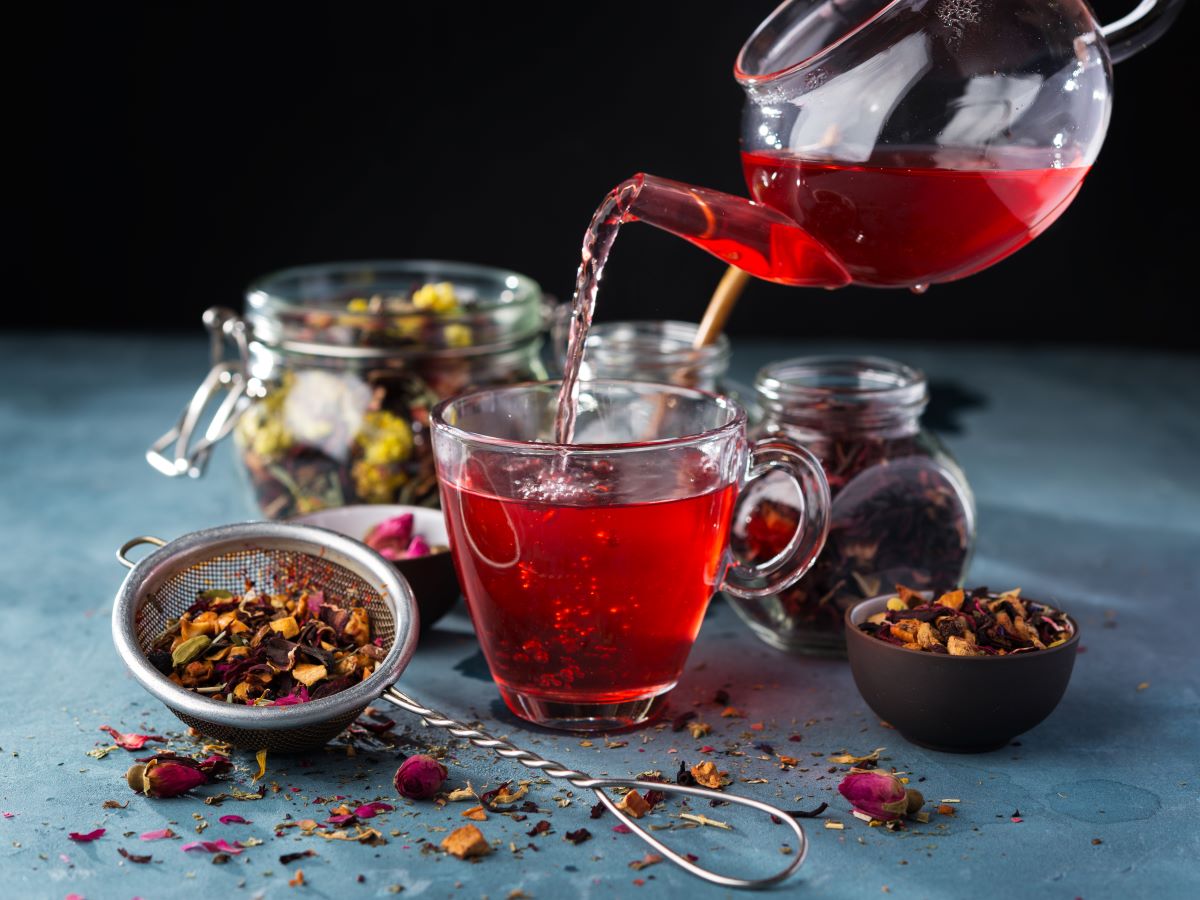
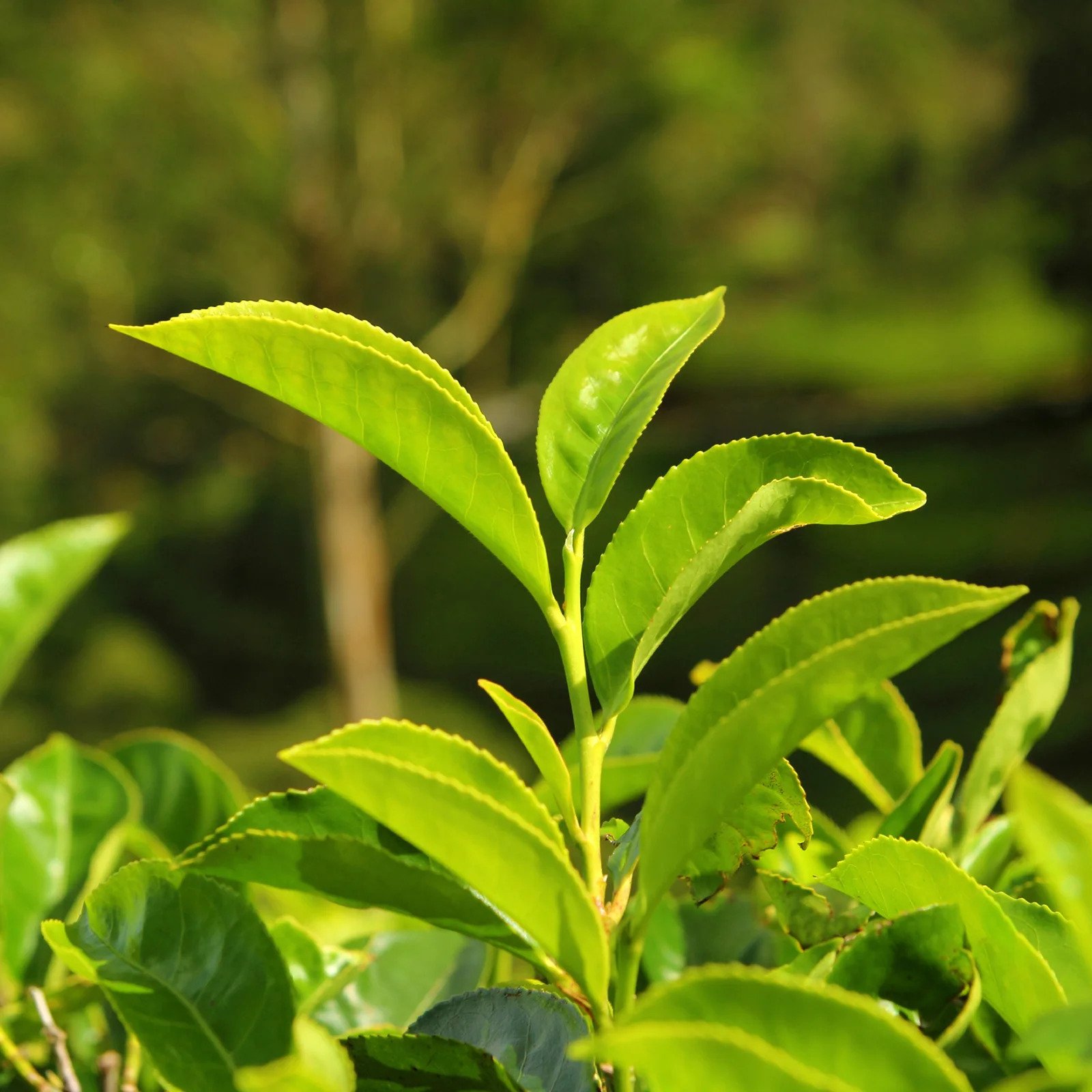
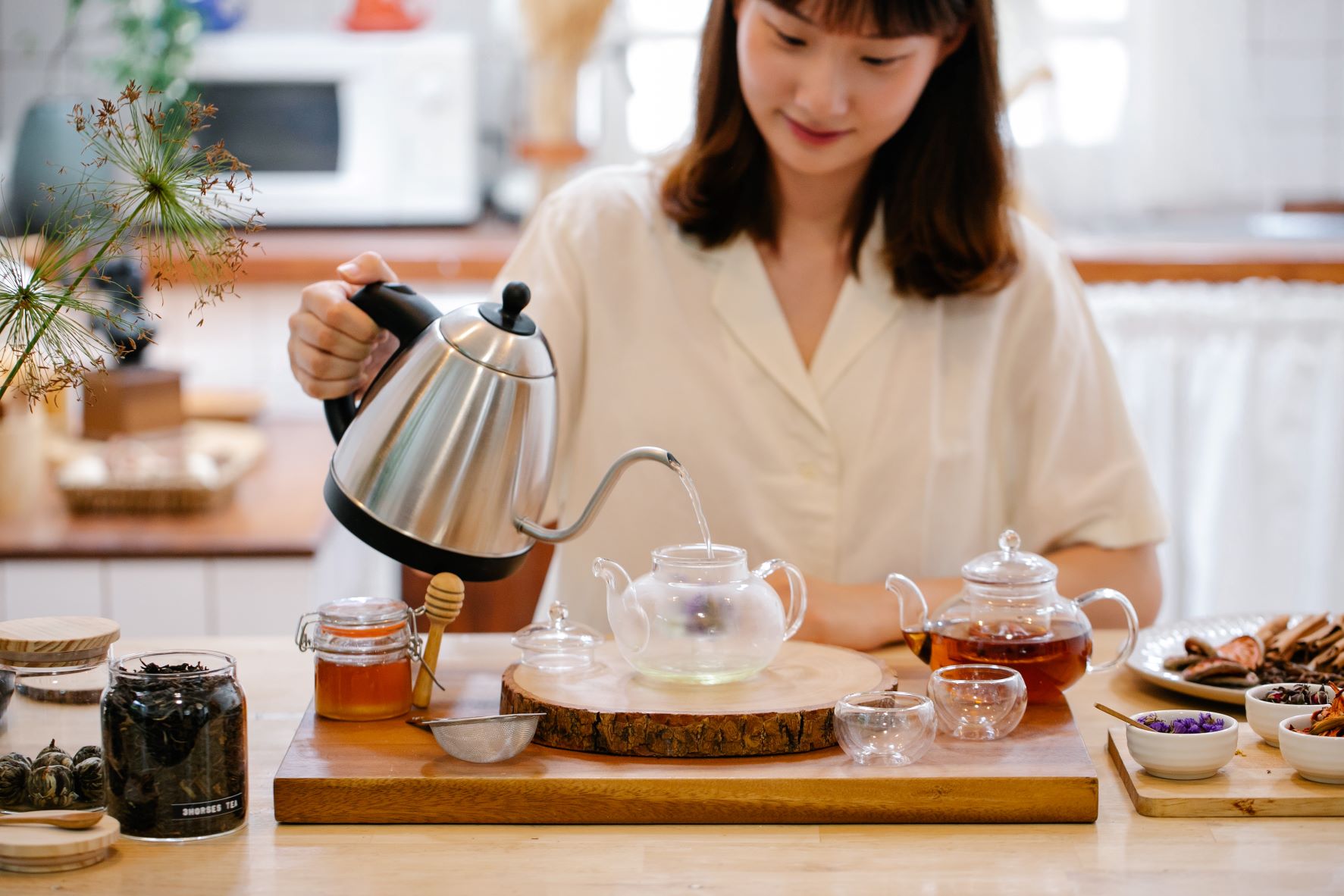
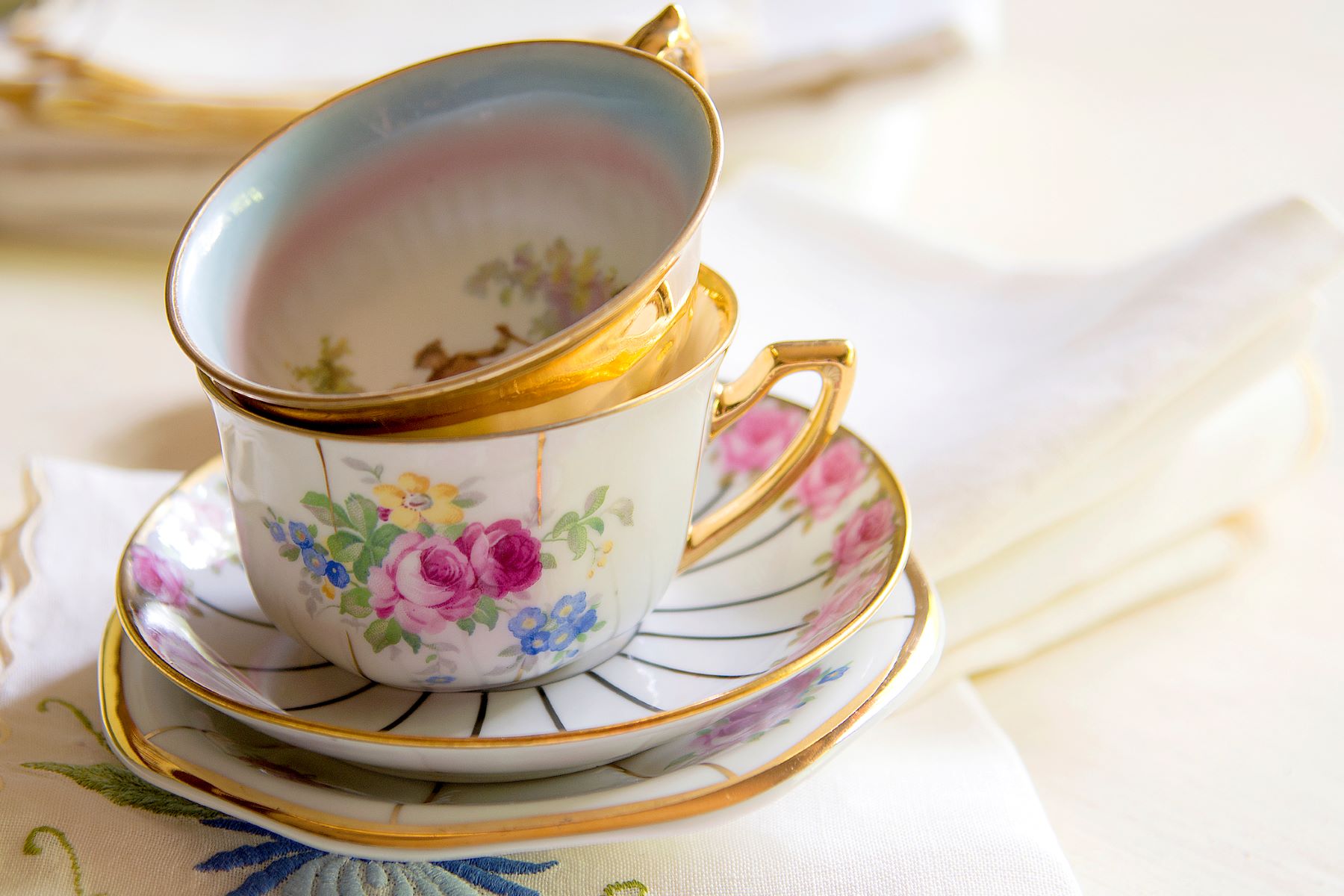
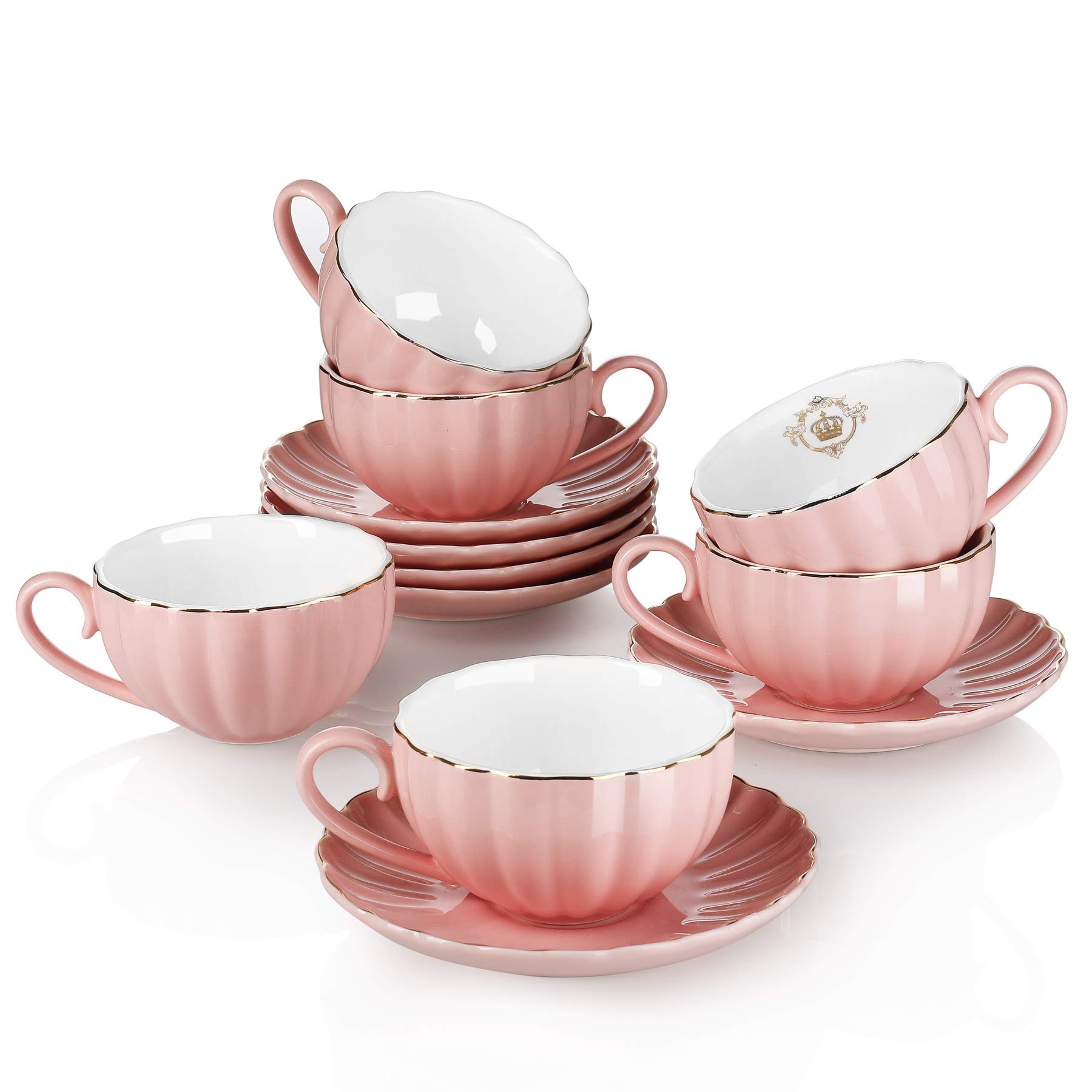
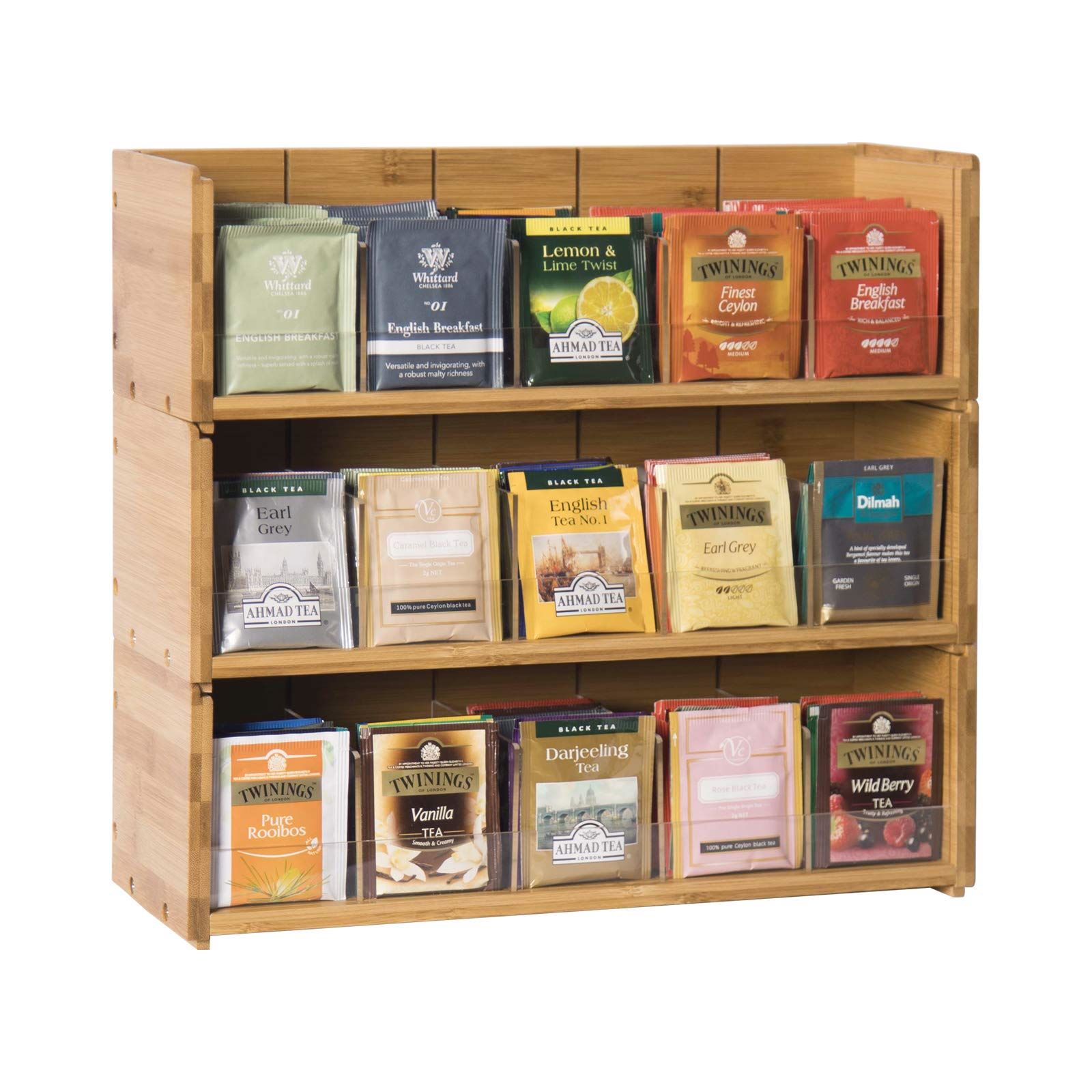
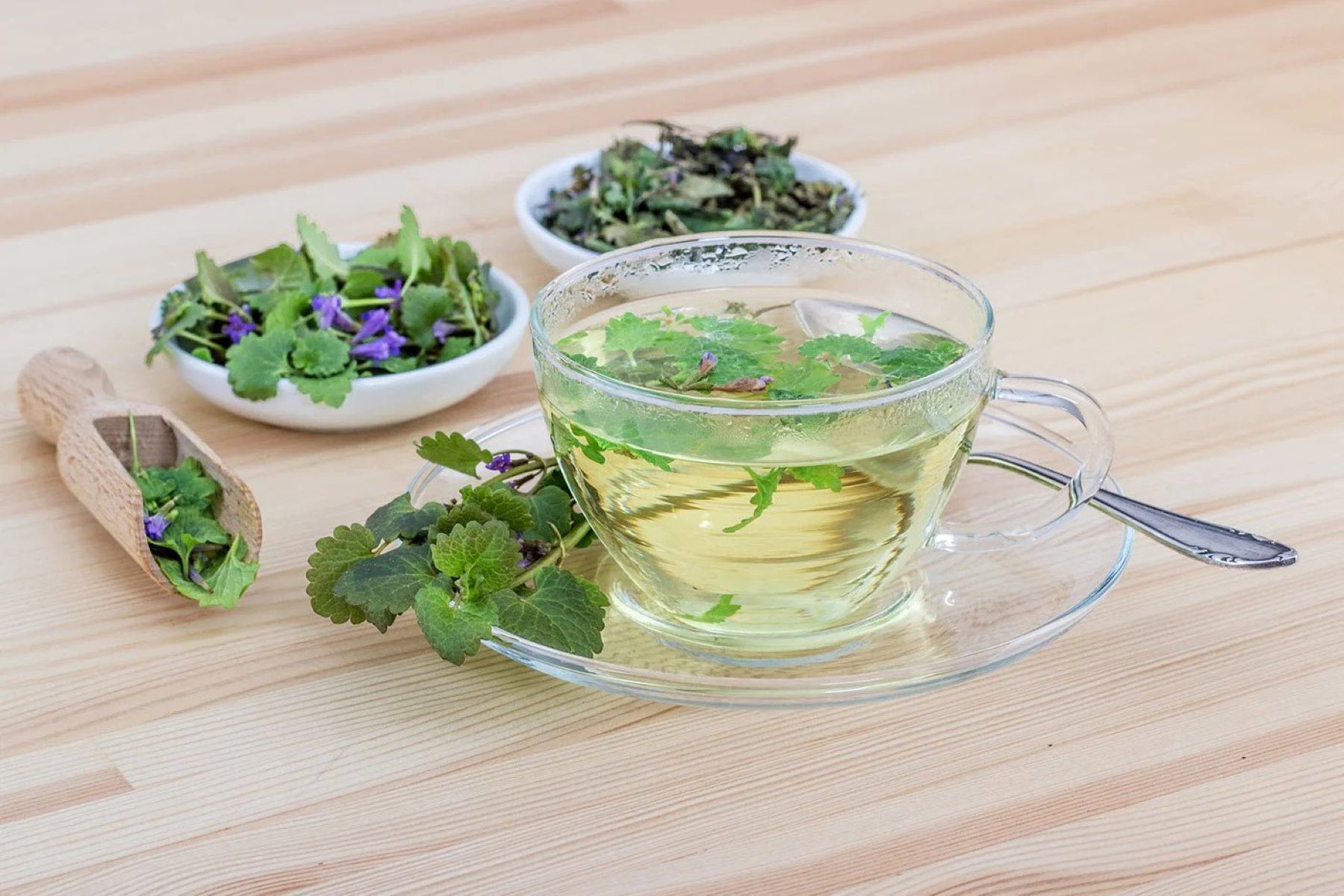
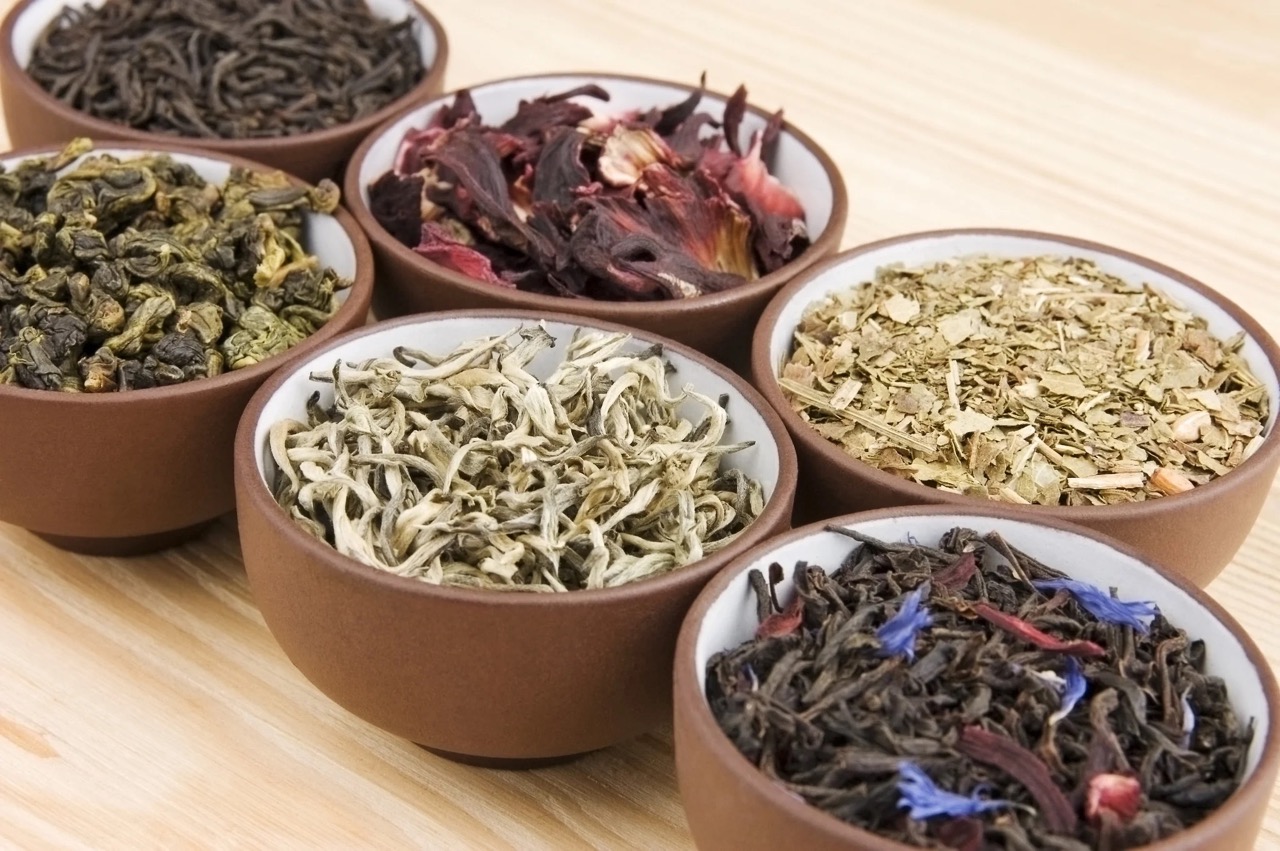
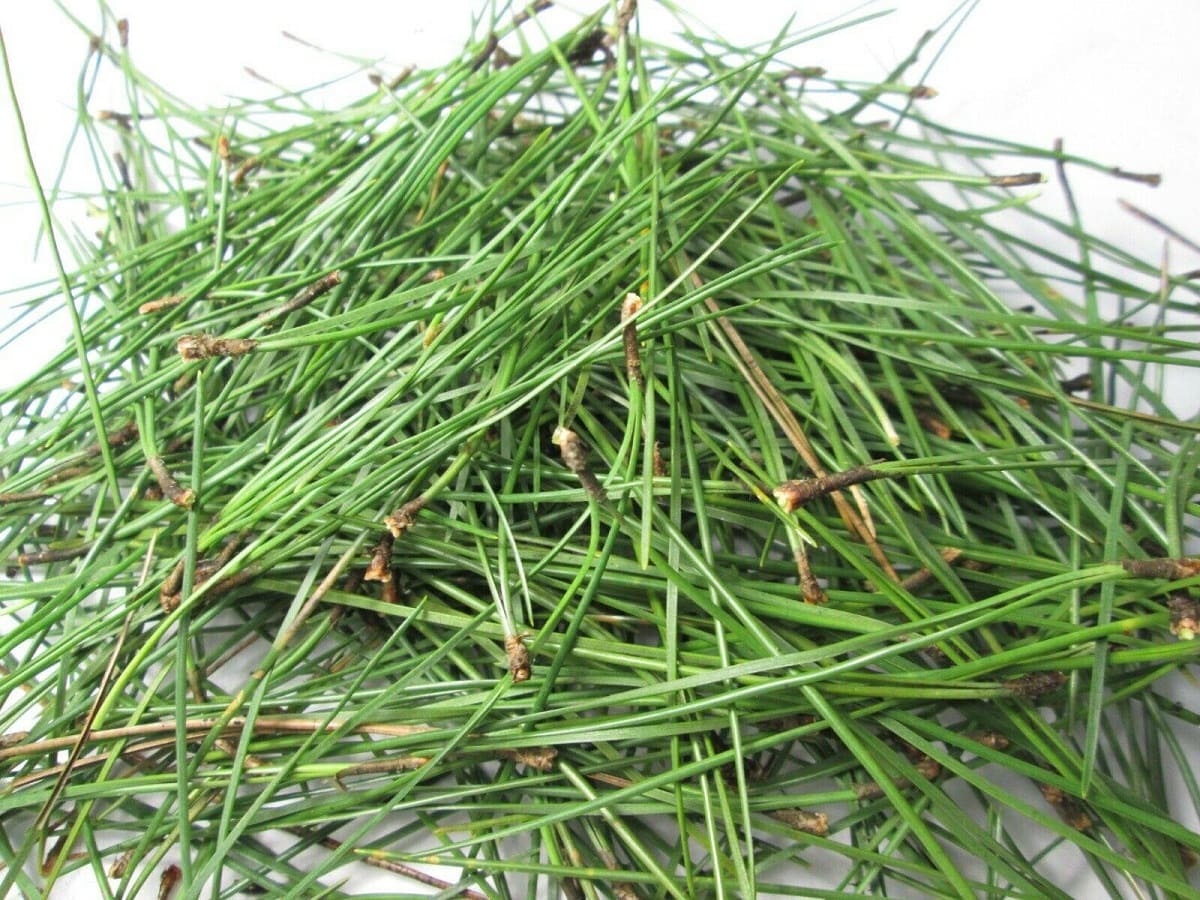
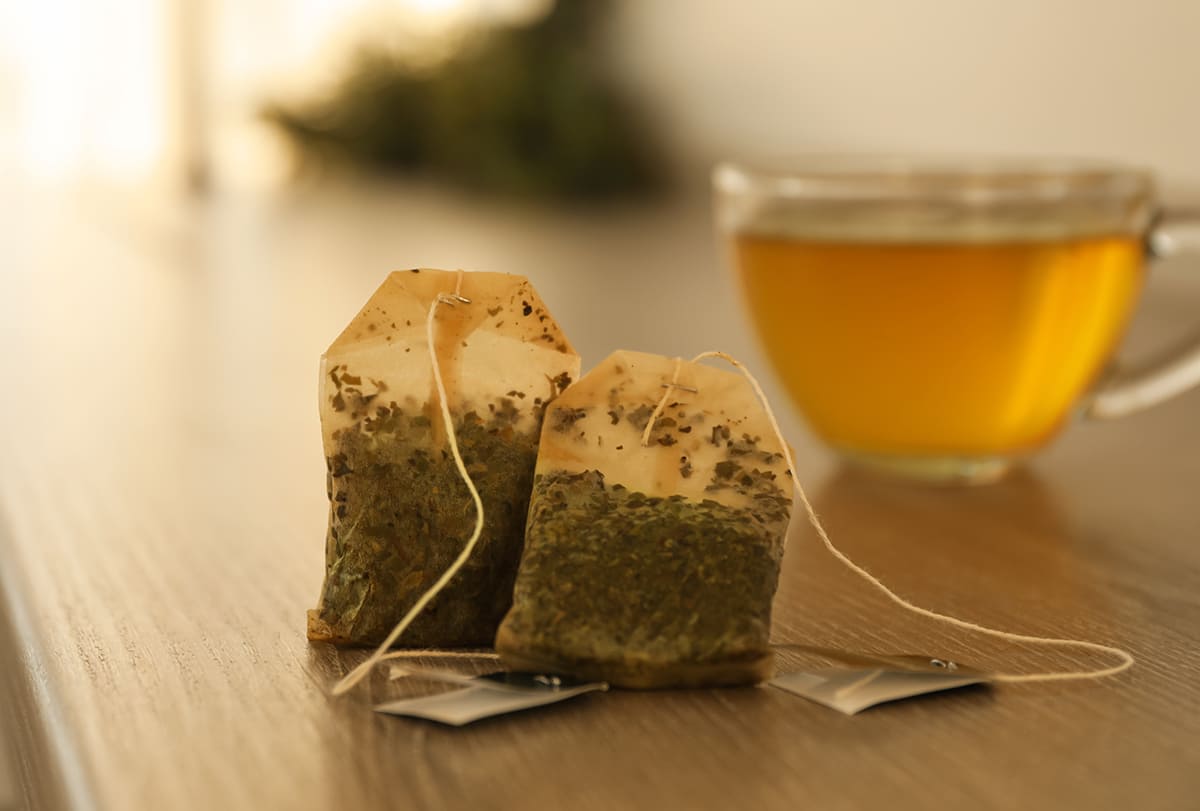
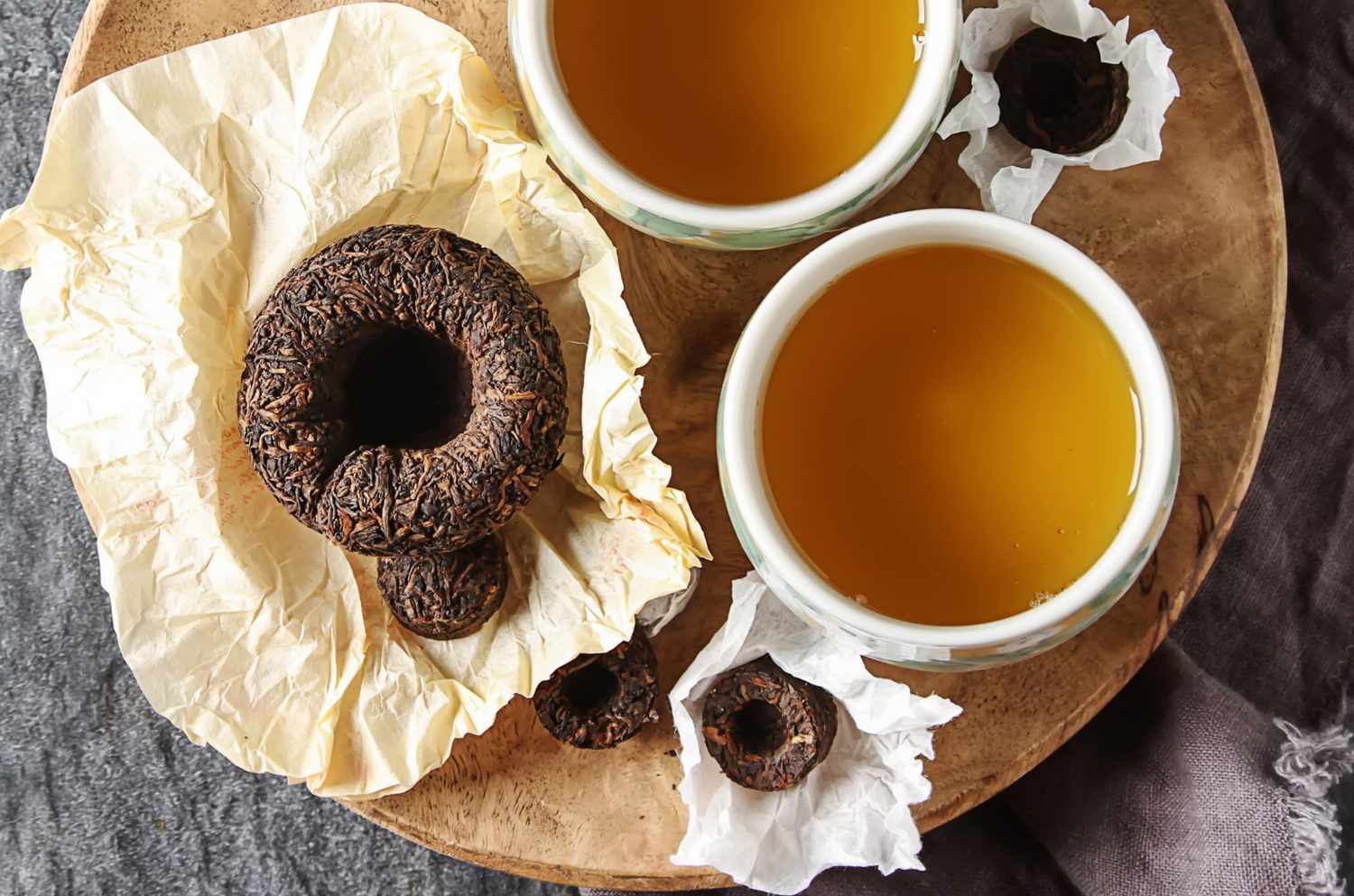
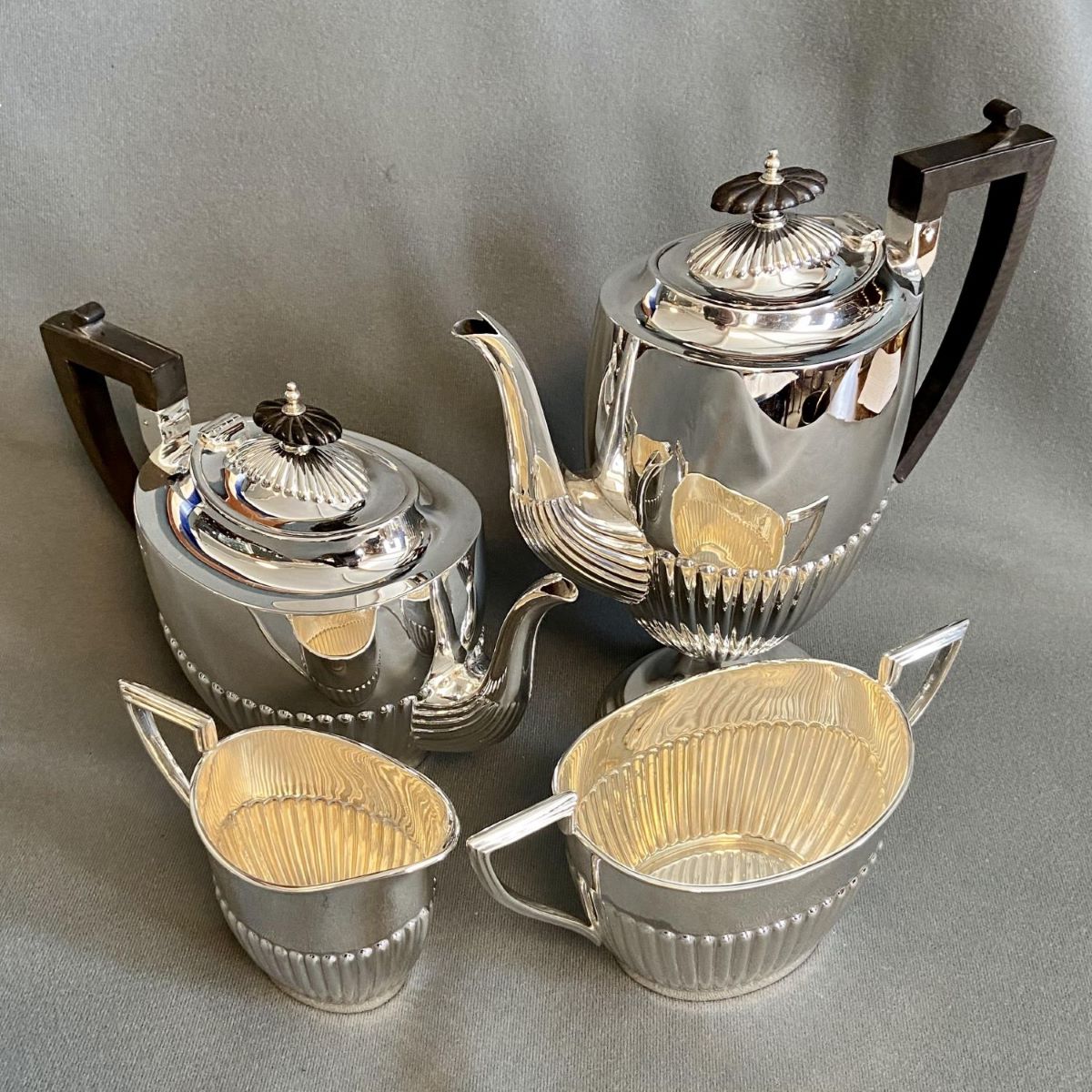
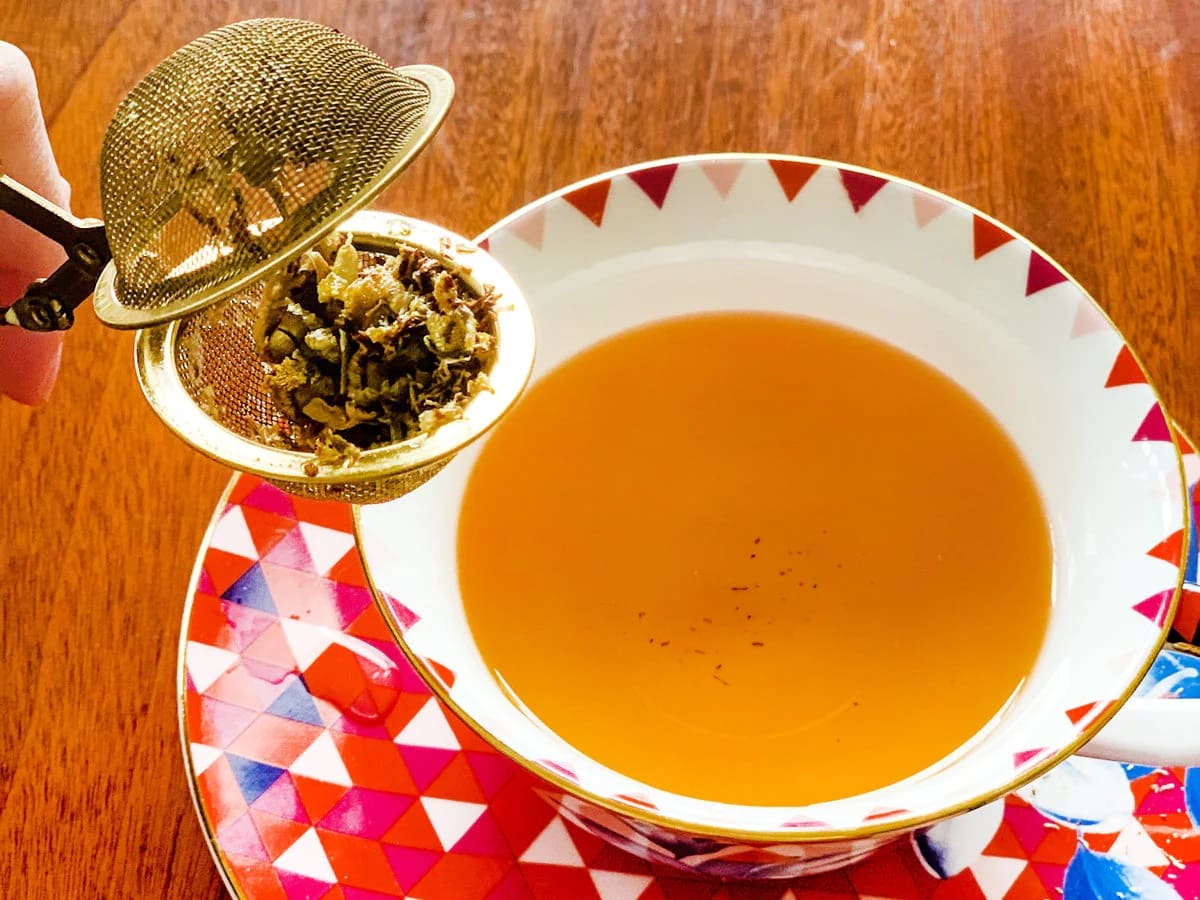
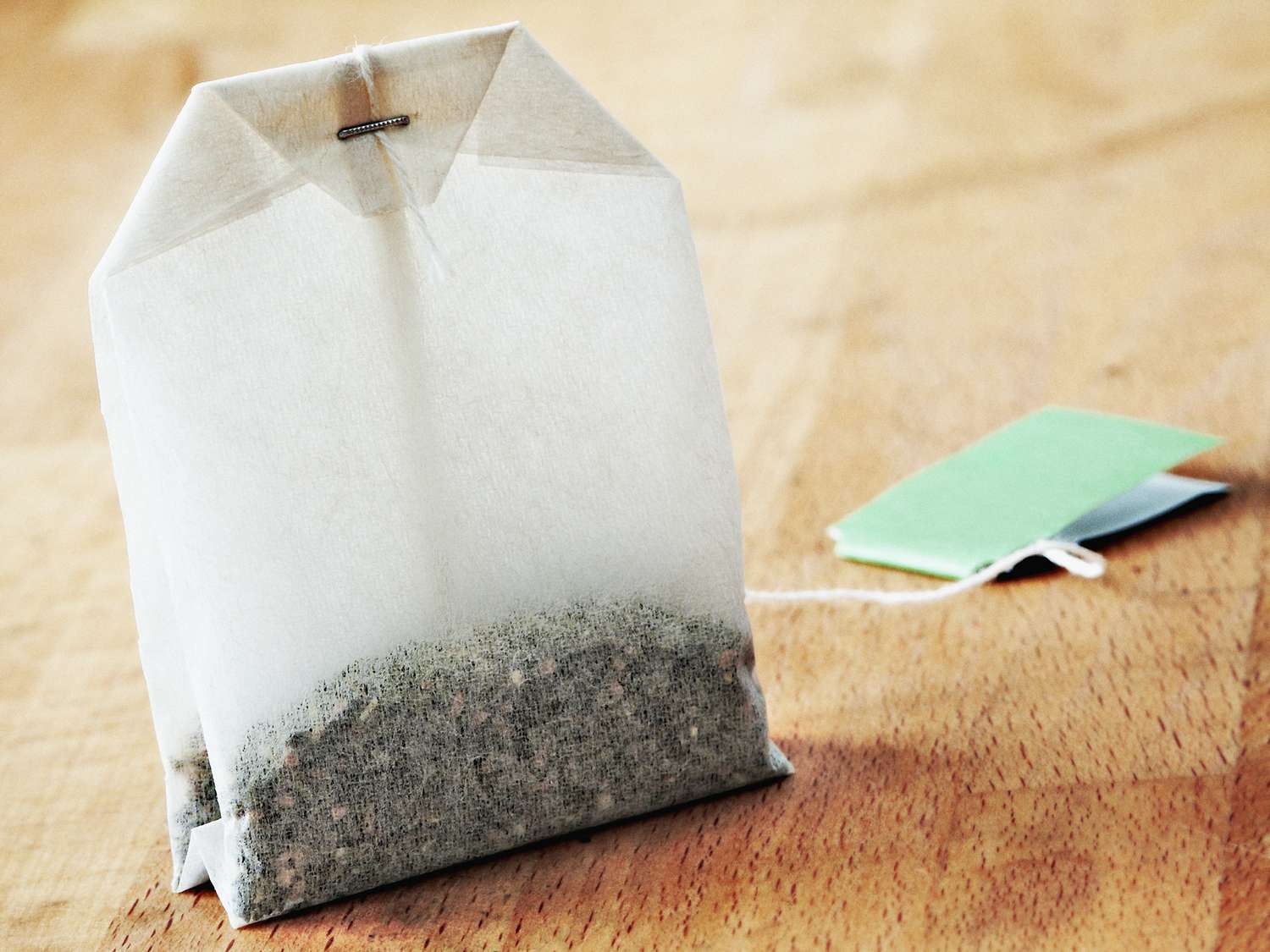

0 thoughts on “How To Store Tea”